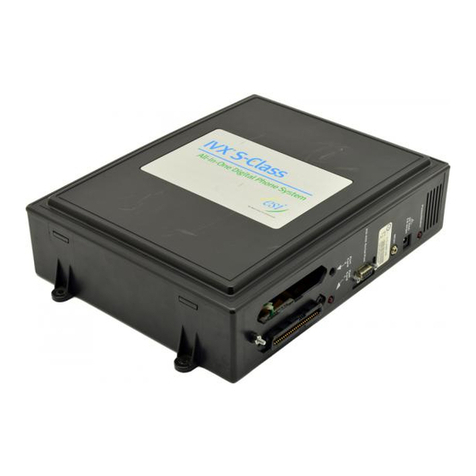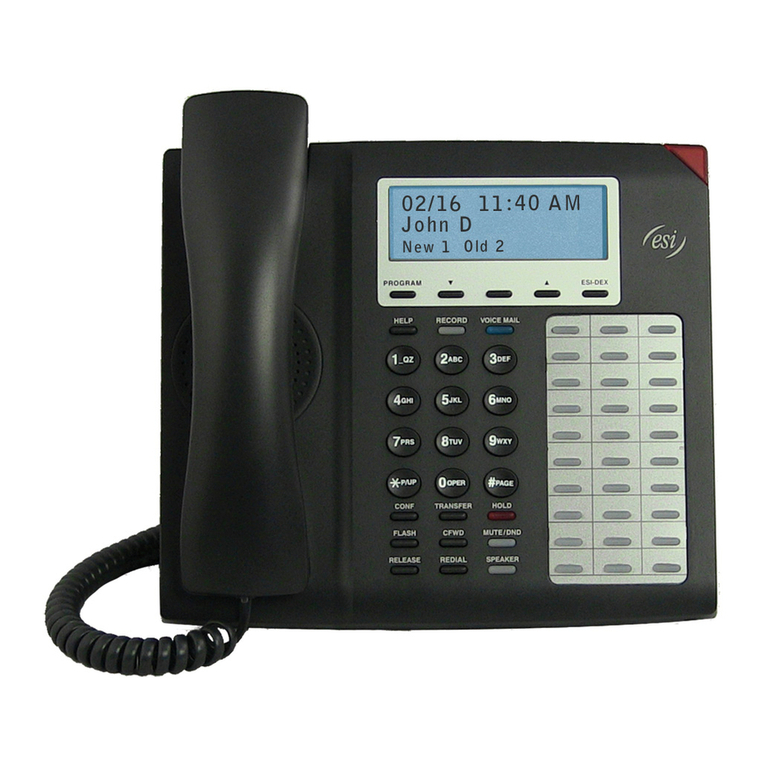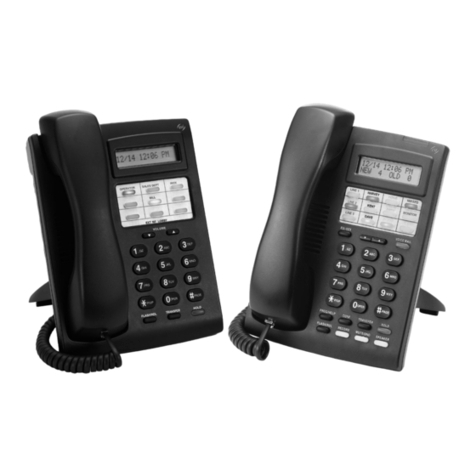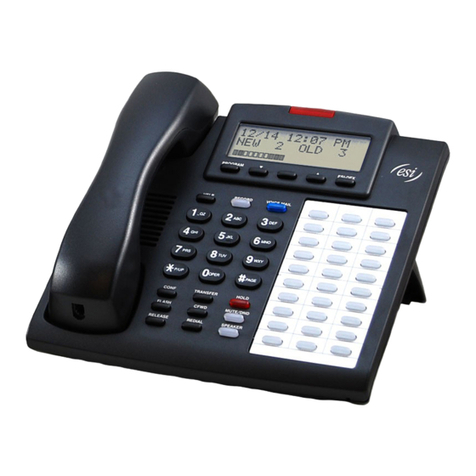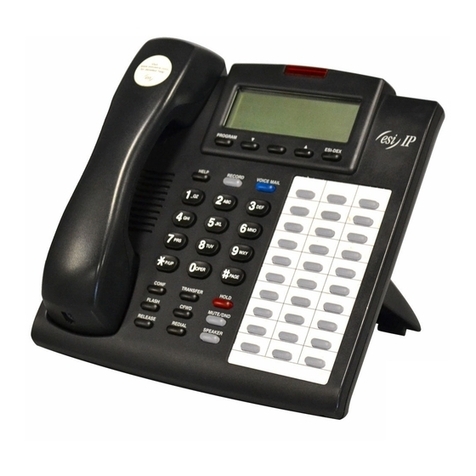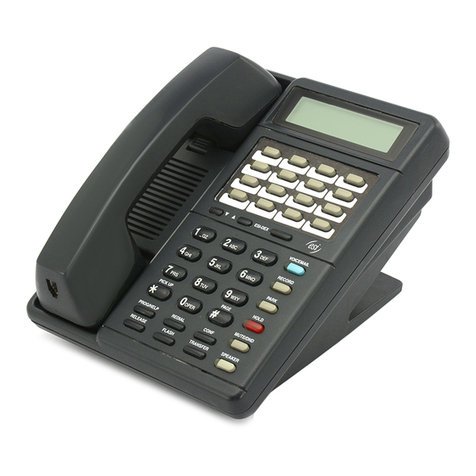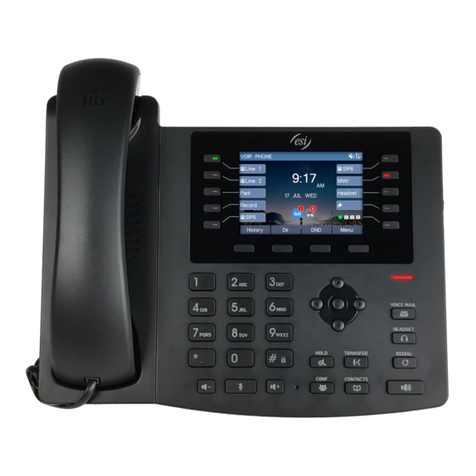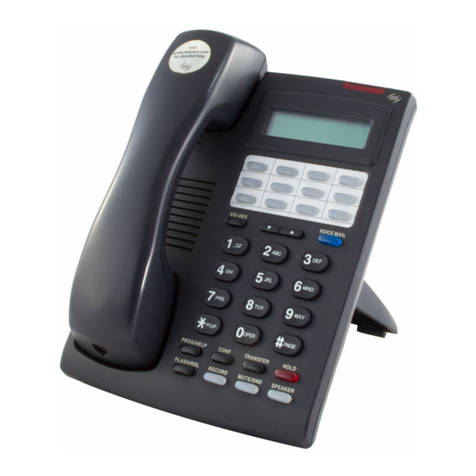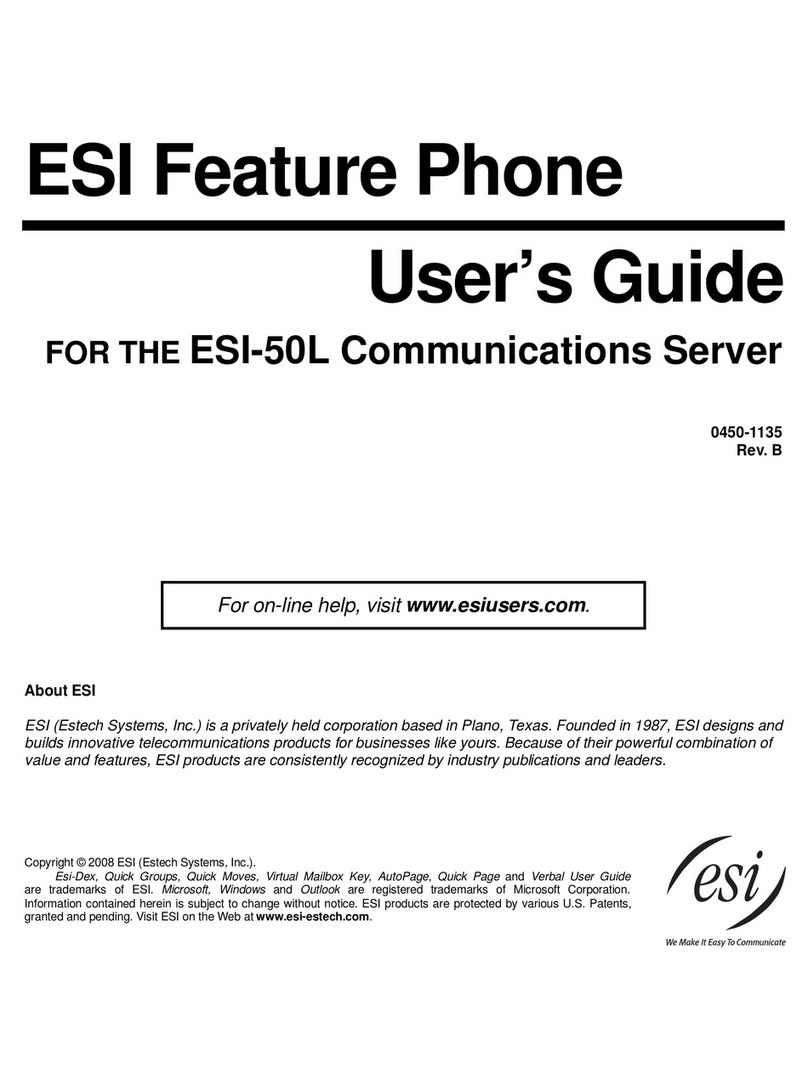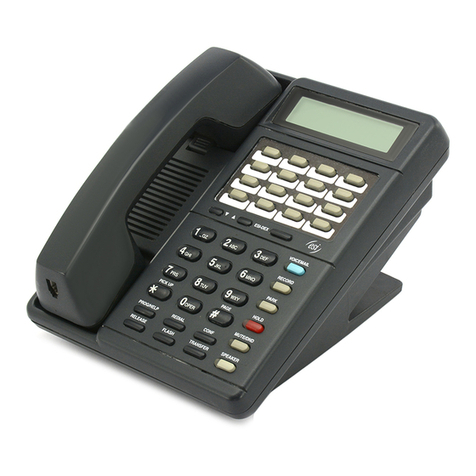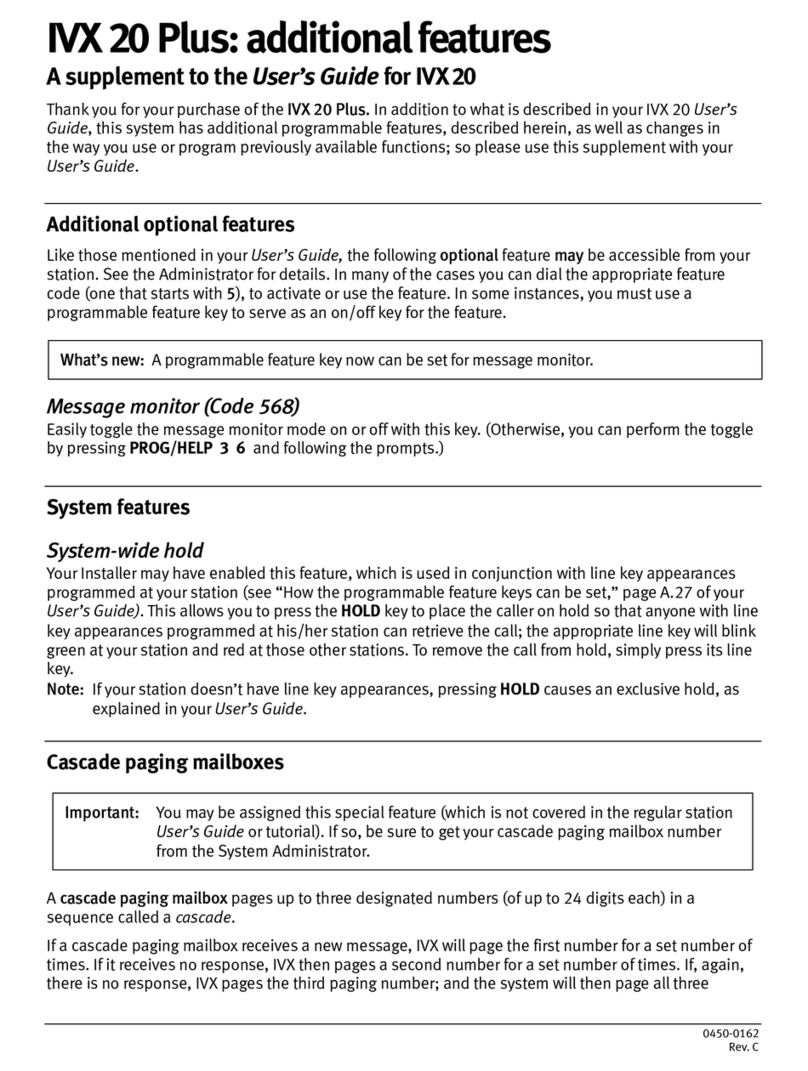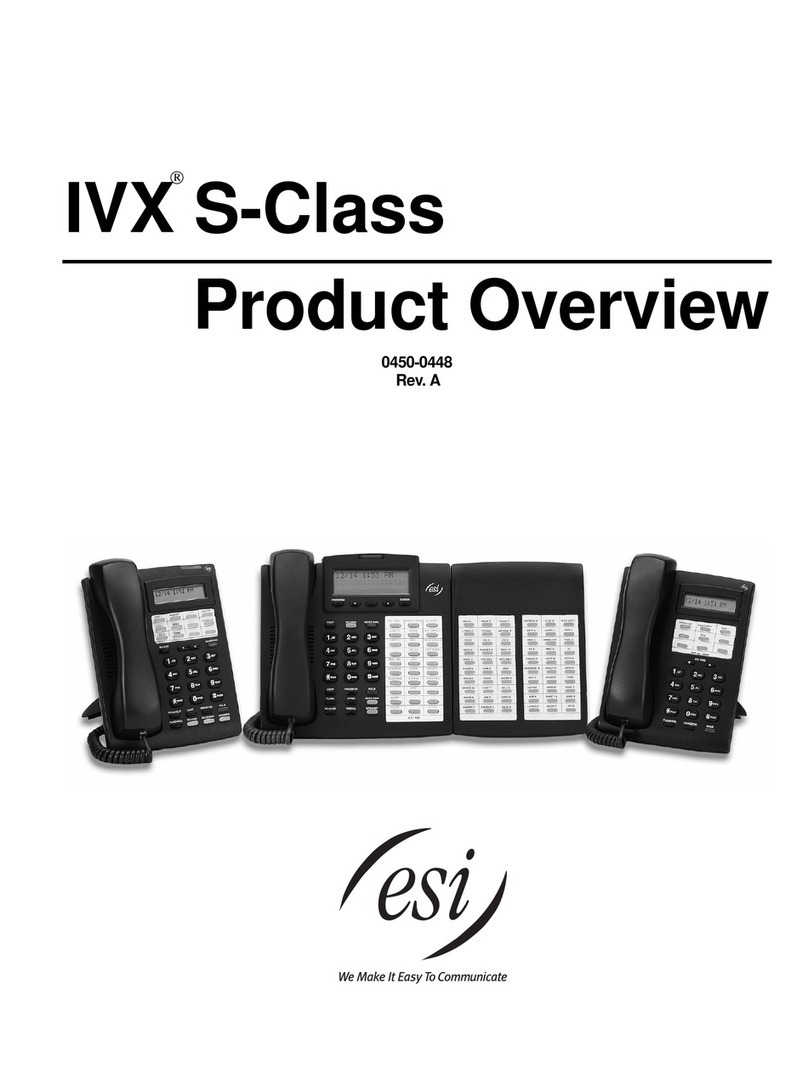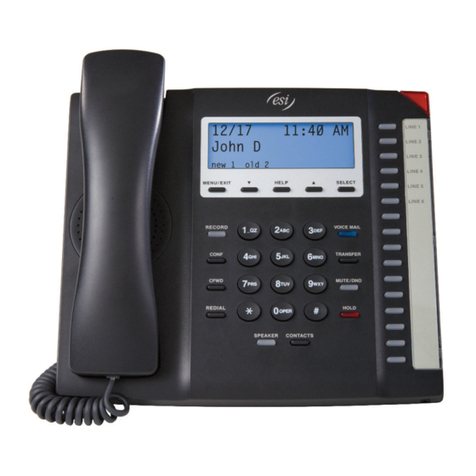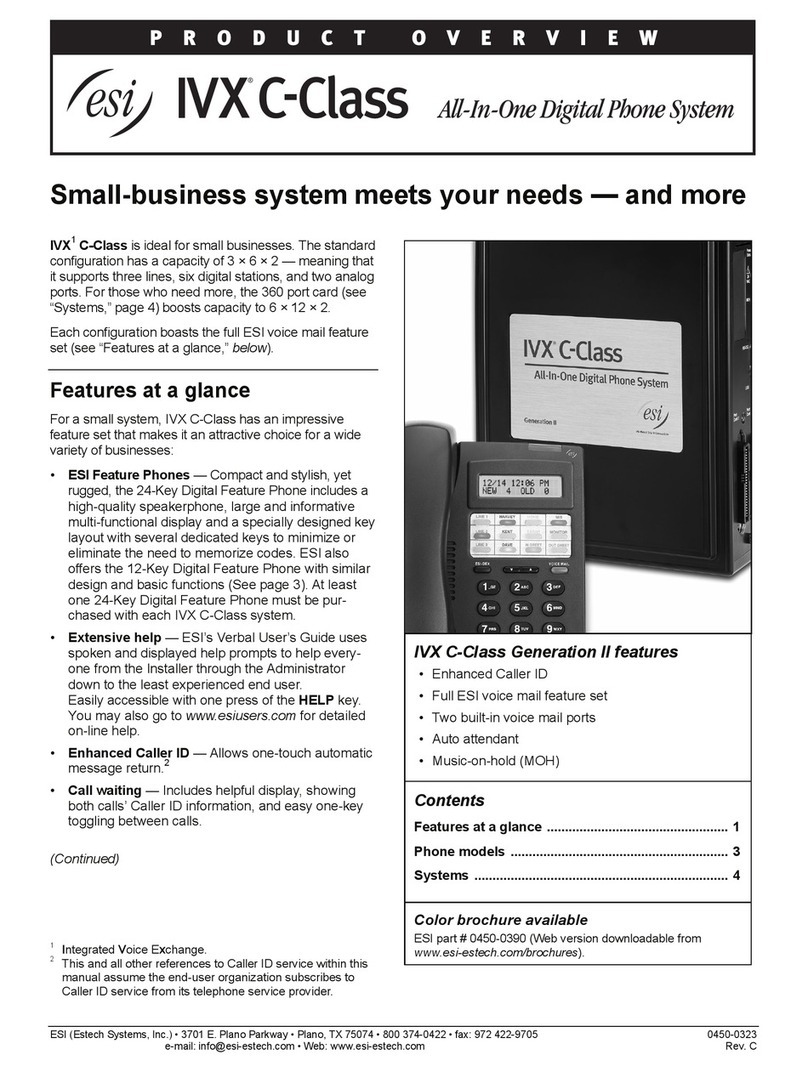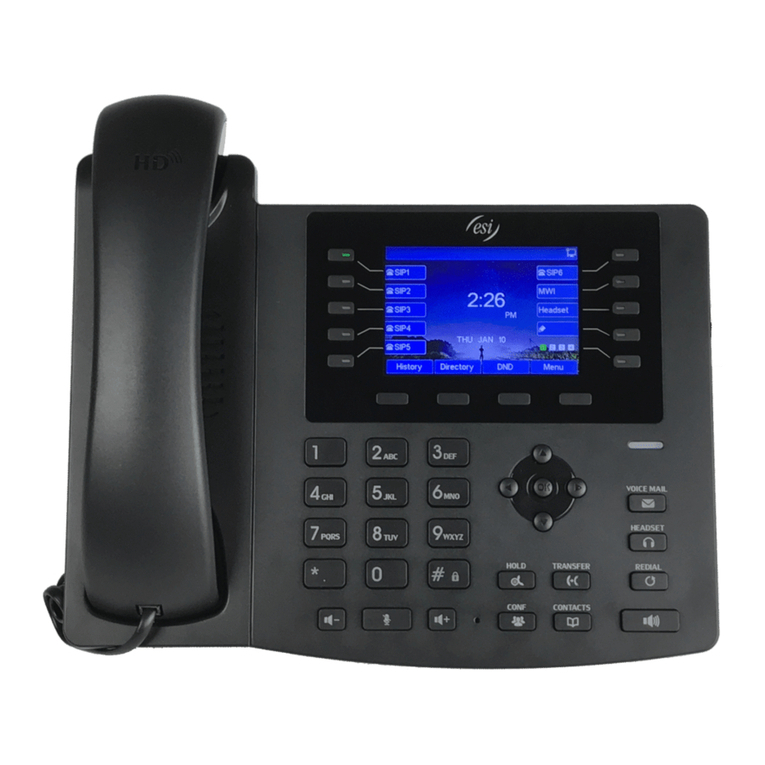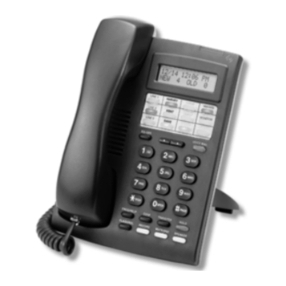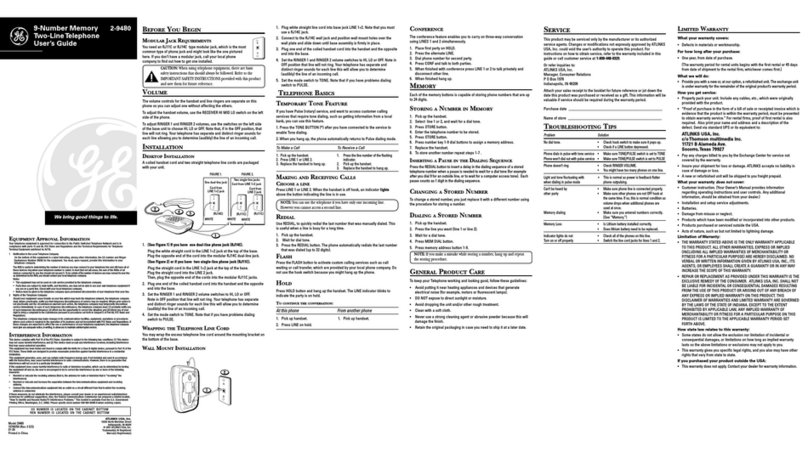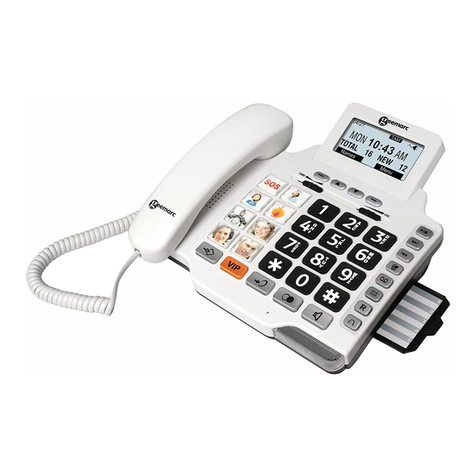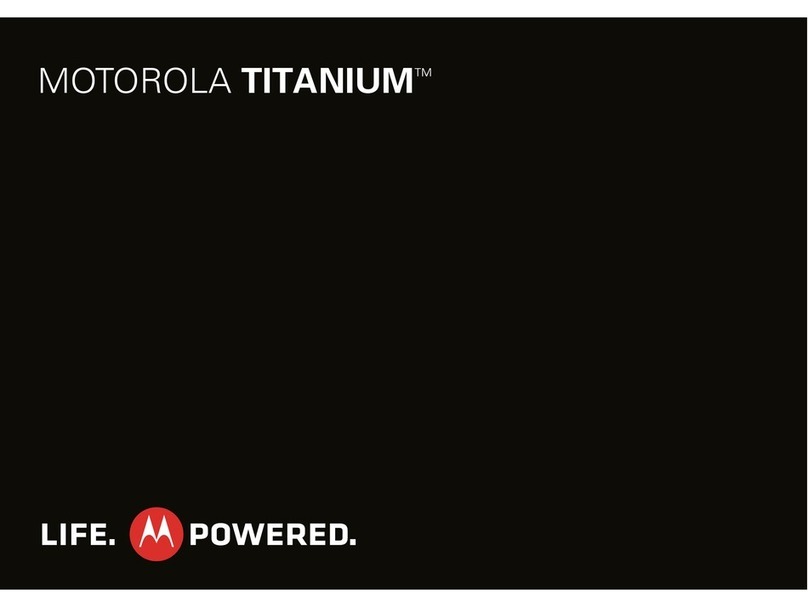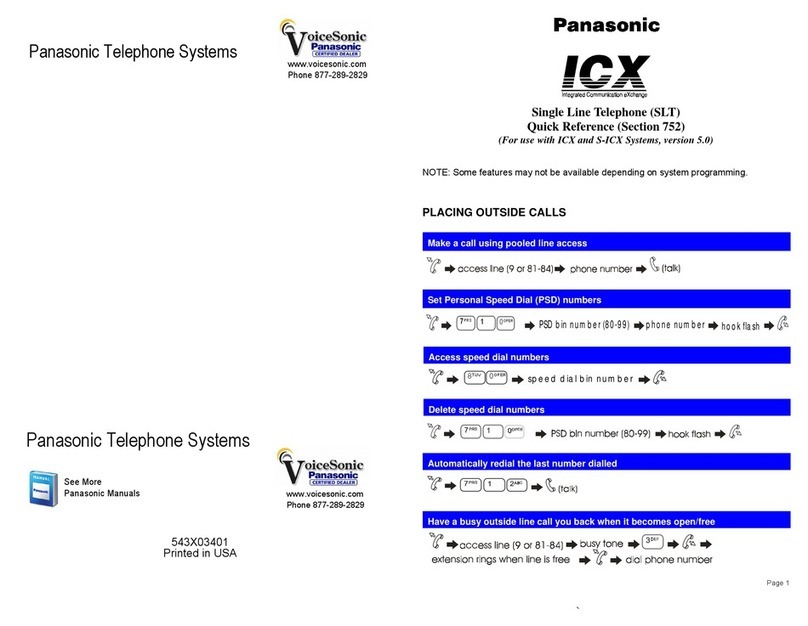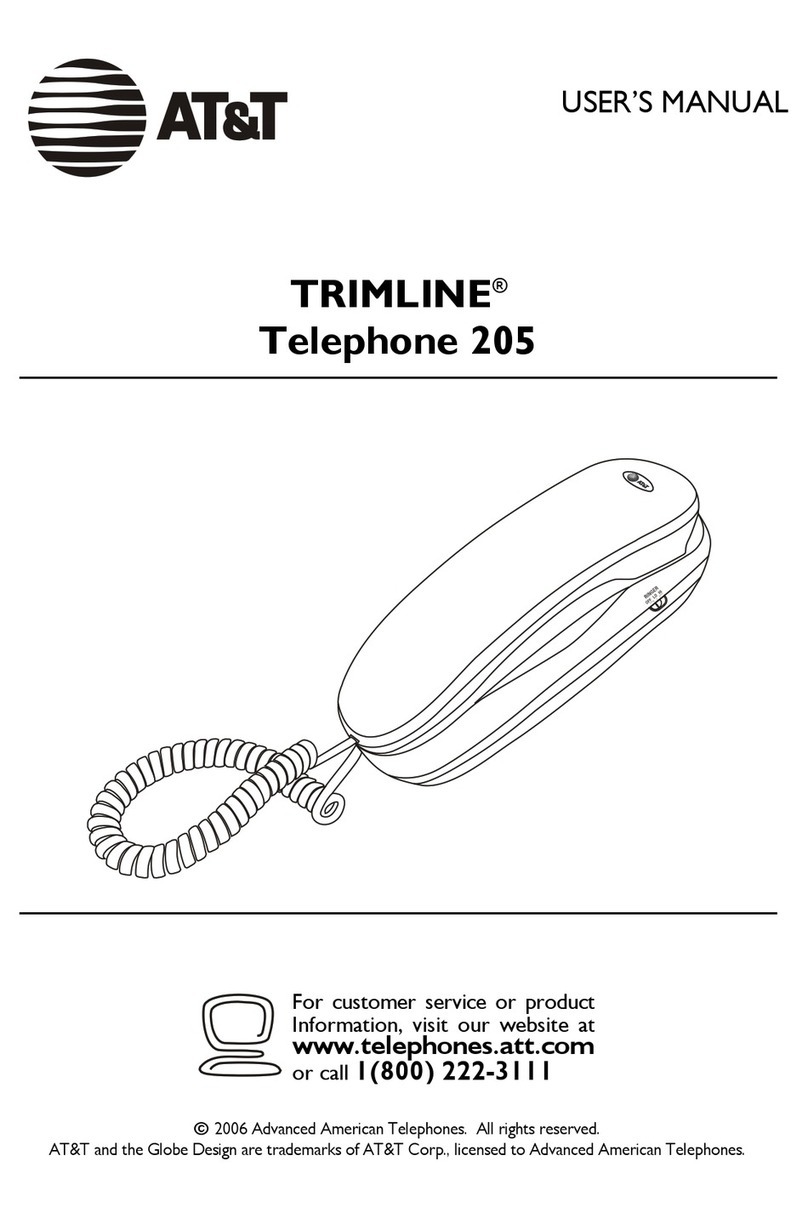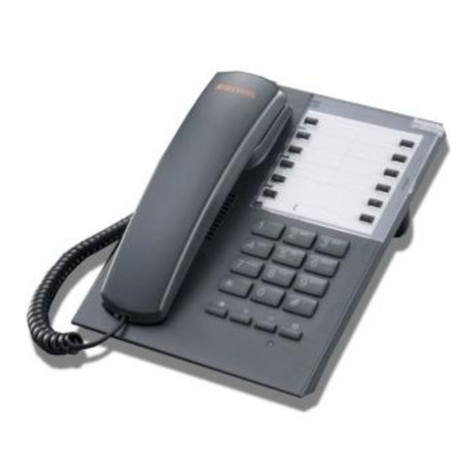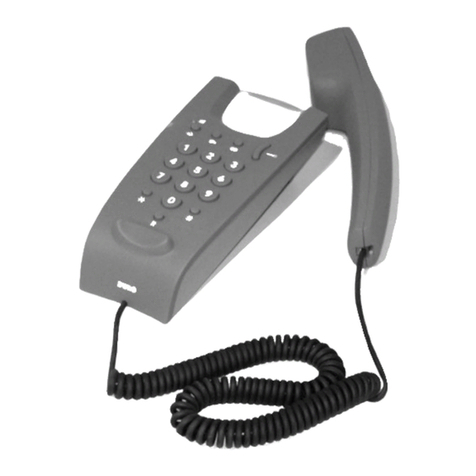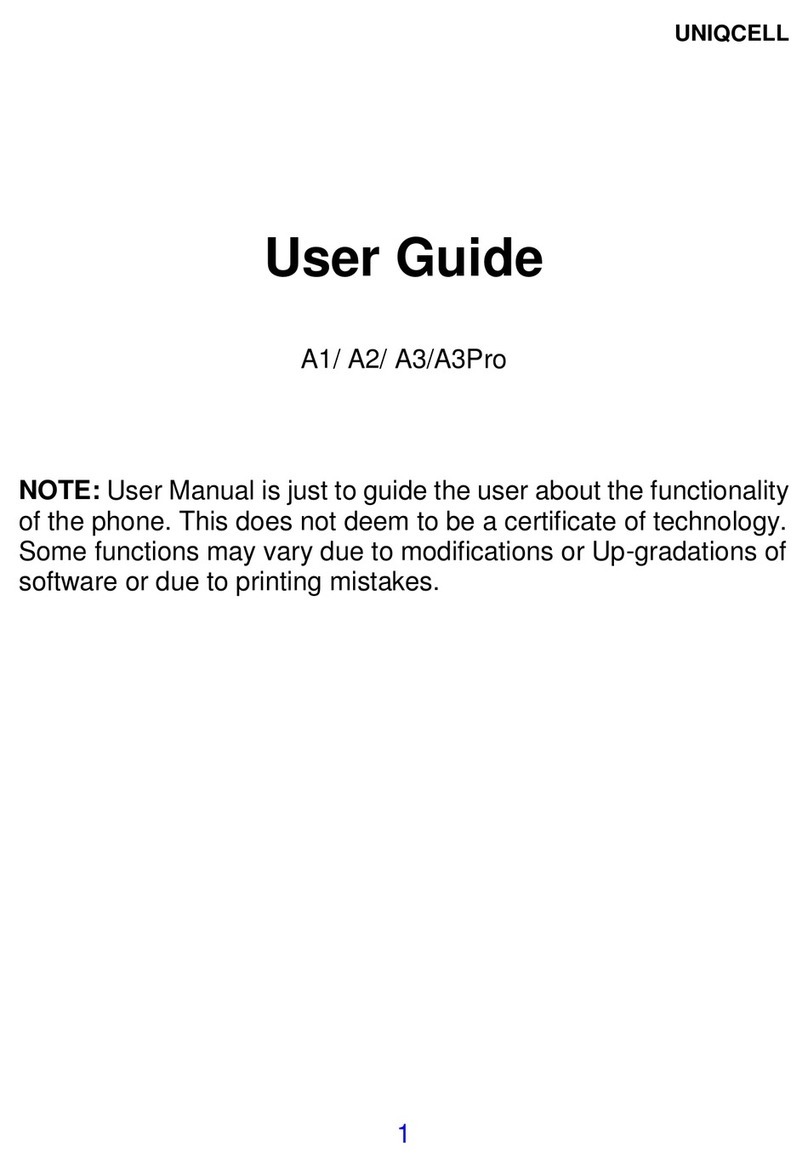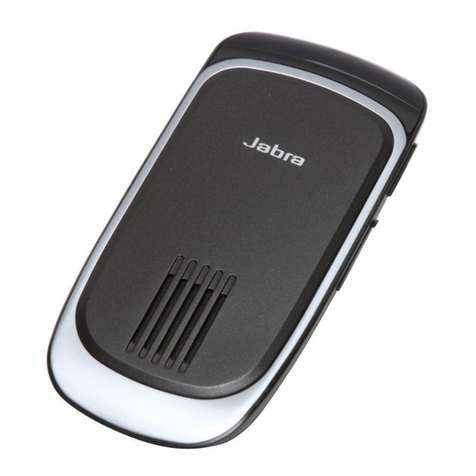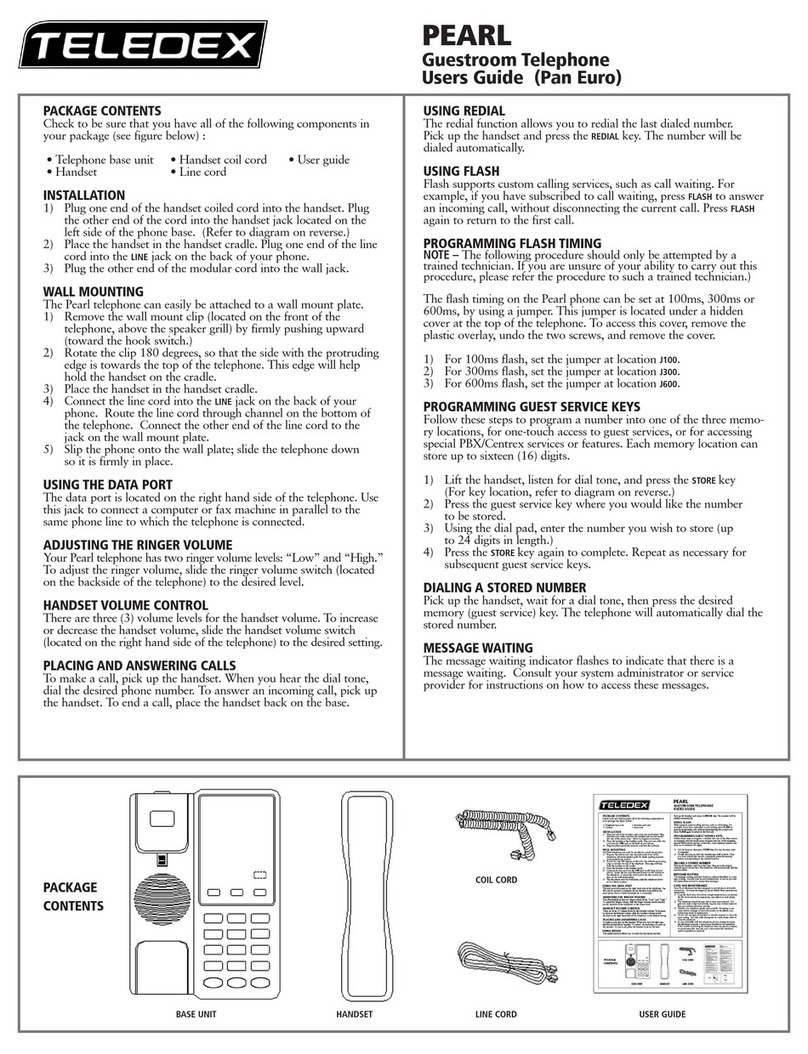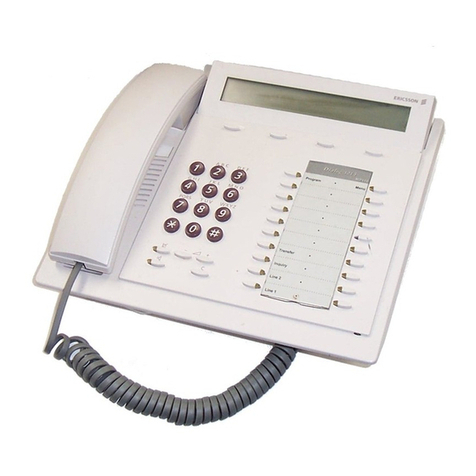
Introduction.....................................................................................................................................................................................................A.1
48-Key Feature Phone.............................................................................................................................................................................A.2
24-Key Feature Phone.............................................................................................................................................................................A.4
12-Key Feature Phone.............................................................................................................................................................................A.5
ESI Cordless Handset II...........................................................................................................................................................................A.6
Connecting your ESI phone......................................................................................................................................................................A.7
Help mode (Verbal User Guide).....................................................................................................................................................................B.1
User programming: An introduction.............................................................................................................................................................C.1
Voice mail operation.......................................................................................................................................................................................D.1
VOICE MAIL key......................................................................................................................................................................................D.1
Personal greetings...................................................................................................................................................................................D.1
Leaving messages . . ...............................................................................................................................................................................D.2
AutoPage.................................................................................................................................................................................................D.3
Moving and deleting a message...............................................................................................................................................................D.3
Off-premises “reach me”...........................................................................................................................................................................D.3
Message retrieval.....................................................................................................................................................................................D.4
Live recording...........................................................................................................................................................................................D.7
Off-premises message delivery................................................................................................................................................................D.8
Message Recycle Bin(un-delete).............................................................................................................................................................D.9
Status indicator lamp................................................................................................................................................................................D.9
Setting up ESI Mobile Messaging...........................................................................................................................................................D.10
Optional voice mail feature: Guest mailboxes.........................................................................................................................................D.13
Optional voice mail feature: Group/broadcast mailboxes........................................................................................................................D.15
Optionalvoice mail feature: Cascade notification mailboxes...................................................................................................................D.16
Optional voice mail feature: Q & A mailboxes.........................................................................................................................................D.18
ESI Feature Phone operation.........................................................................................................................................................................E.1
Display.....................................................................................................................................................................................................E.1
Caller ID...................................................................................................................................................................................................E.1
Keys.........................................................................................................................................................................................................E.2
Dial tone...................................................................................................................................................................................................E.4
Basic phone use.......................................................................................................................................................................................E.5
Directstation selection..............................................................................................................................................................................E.6
Transferring an outside call . . ..................................................................................................................................................................E.6
Transferring an internal call . . ..................................................................................................................................................................E.8
Conference calling....................................................................................................................................................................................E.9
Call forwarding.......................................................................................................................................................................................E.10
Call waiting.............................................................................................................................................................................................E.12
Hold/exclusive hold operation.................................................................................................................................................................E.13
Paging....................................................................................................................................................................................................E.15
Call pickup..............................................................................................................................................................................................E.15
Optional features....................................................................................................................................................................................E.16
Special keys.....................................................................................................................................................................................................F.1
Esi-Dex......................................................................................................................................................................................................F.2
Override ring..............................................................................................................................................................................................F.9
Message monitor mode (live call screening)............................................................................................................................................F.10
Personal greeting reminder.....................................................................................................................................................................F.10
Headset operation...................................................................................................................................................................................F.10
Outside dialtone preference....................................................................................................................................................................F.13
Line keys.................................................................................................................................................................................................F.13
Optional features.....................................................................................................................................................................................F.14
Using 48-Key IP Feature Phone II remotely..................................................................................................................................................G.1
Using Esi-Link.................................................................................................................................................................................................H.1
Network numbering..................................................................................................................................................................................H.1
Location Keys...........................................................................................................................................................................................H.1
Programmable feature keys and Esi-Link: an introduction........................................................................................................................H.2
Dialing an Esi-Link location.......................................................................................................................................................................H.3
Using feature keys with Esi-Link...............................................................................................................................................................H.5
Other Esi-Link features.............................................................................................................................................................................H.8
ACD agent operation........................................................................................................................................................................................I.1
Programming the agent log-on/off key........................................................................................................................................................I.1
Wrap mode.................................................................................................................................................................................................I.2
LED indicator..............................................................................................................................................................................................I.2
Display indications......................................................................................................................................................................................I.3
While logged on: no DND, monitor mode, call forward, or programming....................................................................................................I.4
Call waiting.................................................................................................................................................................................................I.4
ACD administrator key................................................................................................................................................................................I.5
Analog stations................................................................................................................................................................................................J.1
Caller ID....................................................................................................................................................................................................J.1
Placing calls..............................................................................................................................................................................................J.1
Transferring calls.......................................................................................................................................................................................J.2
Conference calling.....................................................................................................................................................................................J.2
Call waiting................................................................................................................................................................................................J.3
Call hold....................................................................................................................................................................................................J.3
Paging.......................................................................................................................................................................................................J.3
Call pick-up................................................................................................................................................................................................J.3
Voice mail operation from an analog station..............................................................................................................................................J.4
Analog station programming......................................................................................................................................................................J.6
Index


